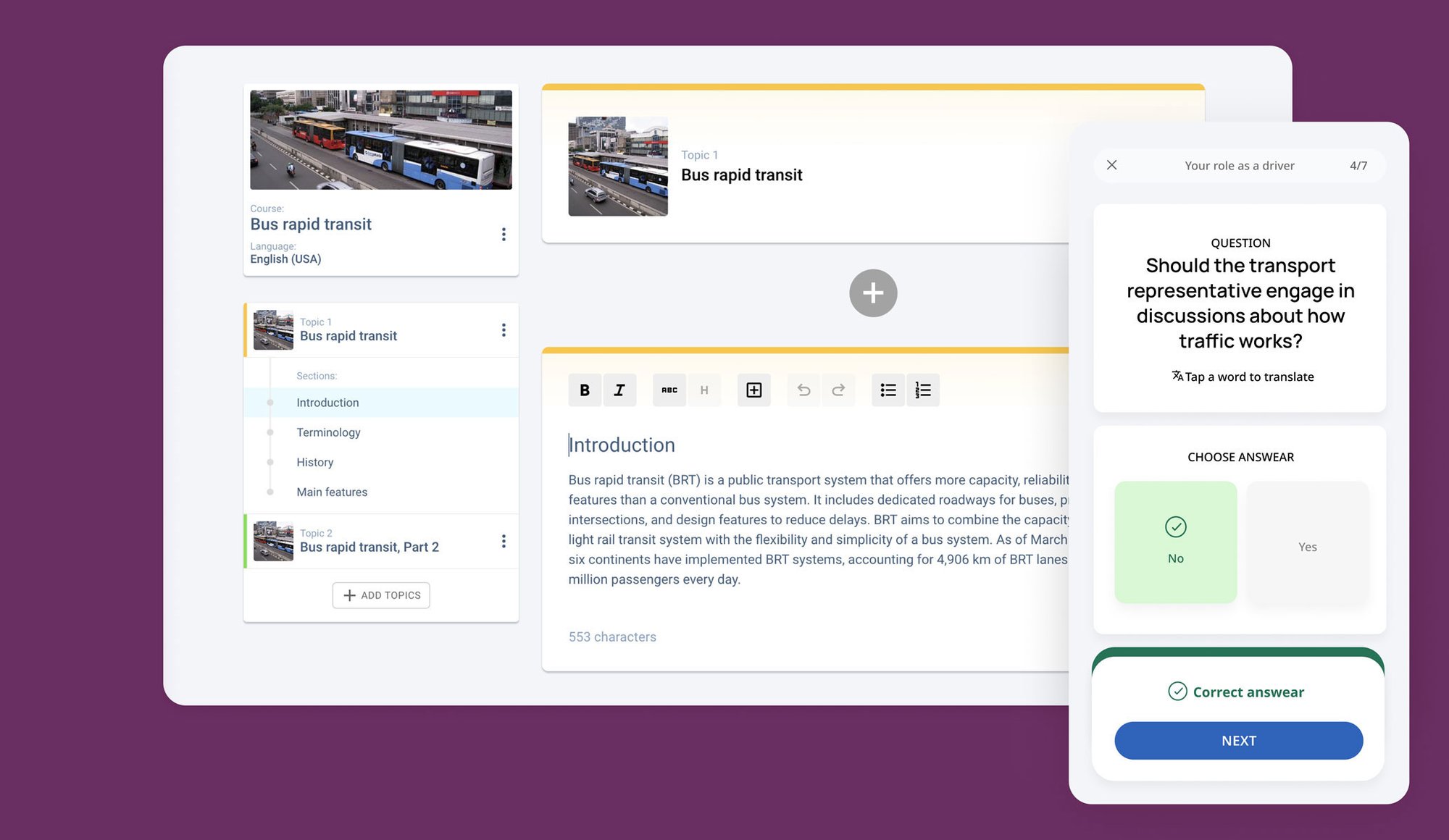10 ideas to boost a healthy work environment
1. Promote open and transparent communication
Effective communication is the foundation of a healthy work community. Encourage open and transparent communication channels to create a community where employees feel comfortable expressing their thoughts, ideas, and concerns. Establish regular team meetings, provide platforms for anonymous feedback, and promote active listening among colleagues.
2. Establish trust and mutual respect
Trust and mutual respect are vital elements of a healthy work environment. Foster trust among employees by encouraging teamwork, collaboration, and open dialogue. Lead by example, and ensure respectful behaviour is expected from everyone within the company's mission.
3. Encourage collaboration and teamwork
Promote a culture of collaboration where employees work together towards common goals. Encourage cross-functional projects, team-building activities, peer-to-peer recognition, and opportunities for shared decision-making. You can create strong and unified workplace communities by fostering a sense of camaraderie and collective responsibility.
4. Implement diverse and inclusive policies and practices
A diverse and inclusive work environment is essential for building a healthy corporate community. Embrace diversity in all its forms and create policies that promote inclusion, equality, and fairness. Ensure all employees feel valued and respected for their unique backgrounds and perspectives.
5. Prioritise work-life balance
A balanced personnel community recognises the importance of work-life balance. Encourage employees to maintain a healthy balance between their professional and personal lives by offering flexible work arrangements, promoting wellness initiatives, and discouraging overtime work. Show your employees that you value their overall well-being.
6. Foster personal and professional growth
Invest in employee development and growth by providing learning opportunities, training programs, and career advancement prospects. Support employees in reaching their full potential and encourage continuous learning within your organisation. You empower your employees and build a strong community by fostering personal and professional growth.
7. Recognise and reward employee contributions
Recognise and appreciate employees' hard work and accomplishments. Implement a comprehensive employee recognition system that acknowledges individual and team achievements. Celebrate milestones, offer rewards, and create a culture of appreciation within the strong workplace community of your organisation. A well-acknowledged workplace community is a motivated one.
8. Encourage managers to lead by example
Managers play a significant role in building and shaping a healthy employee community. Encourage managers to lead by example, demonstrating the behaviours and values they wish to instil in the workplace. Support managers in their leadership development journey and provide them with the necessary tools to foster a healthy work environment.
9. Measure employee community satisfaction
Regularly assess your employees' satisfaction with the workplace communities. Conduct surveys, organise employee resource groups, gather feedback, and actively listen to their concerns. Use this information to identify areas for improvement and implement changes accordingly. Prioritise the well-being and engagement of your employees based on their feedback.
10. Encourage social connections
A healthy community thrives on social connections between community members. Encourage employees to build meaningful relationships by organising social events, team-building activities, and mentorship programs. Create opportunities for employees to connect and bond personally outside their regular work responsibilities.
Furthermore, it is important to create a physical work environment that supports the well-being of employees. Consider incorporating elements of biophilic design, such as natural lighting, indoor plants, and views of nature, to enhance the overall atmosphere and promote a sense of calm and tranquillity. Research has shown that exposure to nature can reduce stress levels and increase productivity.
In addition, providing access to ergonomic furniture and equipment in person can significantly improve the physical comfort of employees, reducing the risk of musculoskeletal disorders and enhancing overall productivity. Invest in adjustable desks, ergonomic chairs, and proper lighting to create a workspace that prioritises the health and well-being of your employees.




